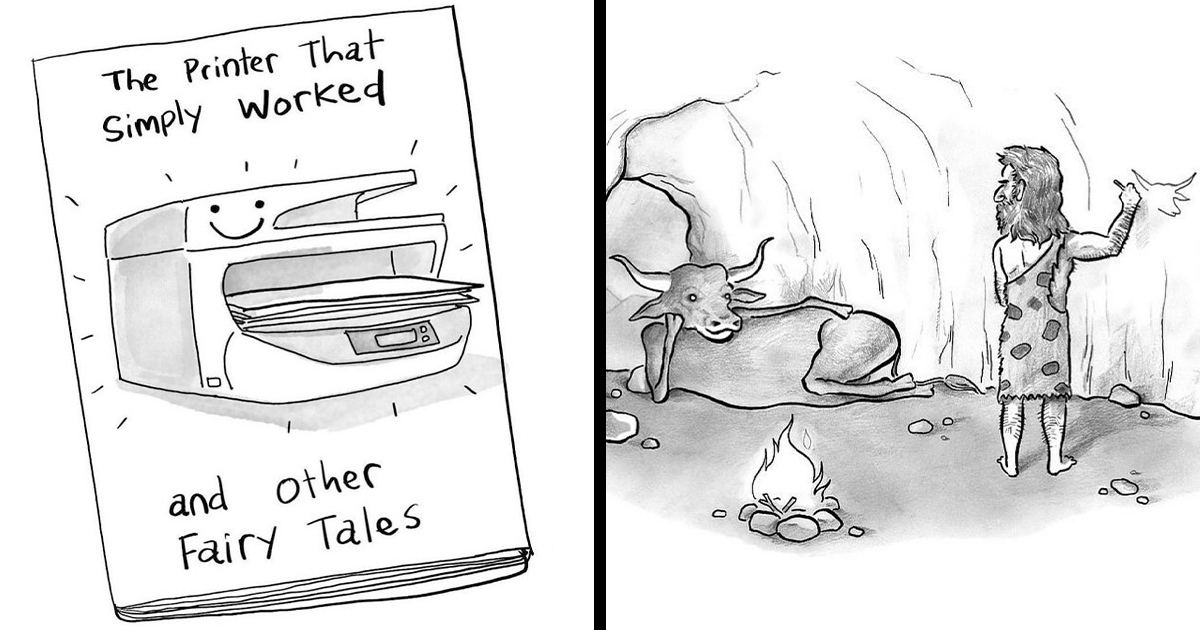“Is Brain Rot Finally Over? Discover the Three Surprising Trends That Could Change Everything!”
However, if we take a look at the actual consumption habits of most users in general and younger users in particular, it’s easy to see how this sort of video format ends up being so prolific. In the past, you would scroll your “feed” on, say, Facebook or Twitter (now X) and when you got to the end, you would stop. However, now that there is truly so much content out there that the more “modern” approach is to have a feed one can, in theory, scroll through forever.
It’s worth noting that the person reportedly behind the concept and technology of the “infinite/endless scroll,” entrepreneur Aza Raskin regretted this design choice, saying that it was “one of the first products designed to not simply help a user, but to deliberately keep them online for as long as possible“.
Mindlessly scrolling short video content is generally not great for your mental health
Image credits: freepik (not the actual photo)
In the age of TikTok, Reels, Shorts or whatever alternative you prefer, it’s become sadly popular to simply sit (often in bed, with the lights off) and just scroll for hours on end, often with little to no actual enjoyment. The second internet-word of the day is “doomscrolling,” which gained popularity around 2020 when a large part of the population had nothing better to do than literally sit around and watch a TV-show season’s worth of TikTok’s. It’s cheap entertainment, but it has lasting, generally negative effects on people’s attention spans and mental health.













